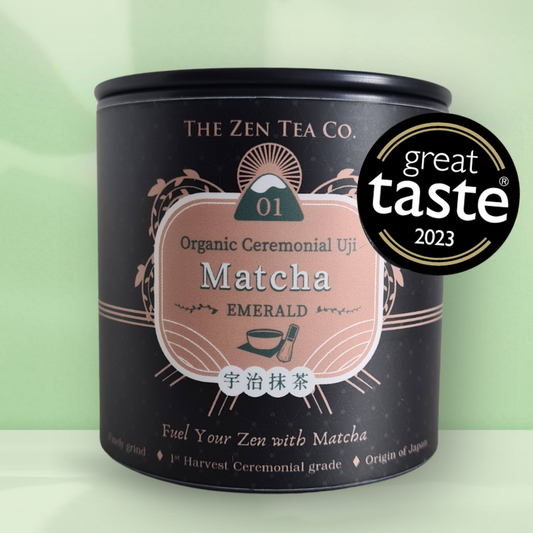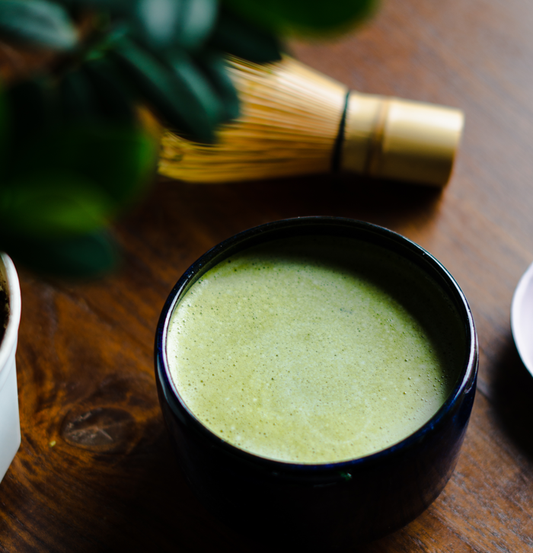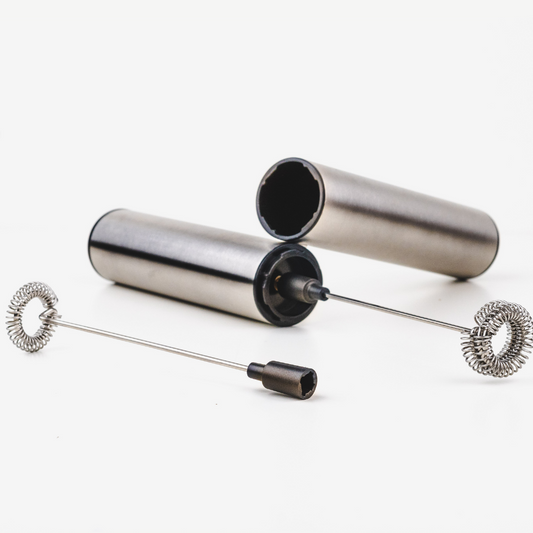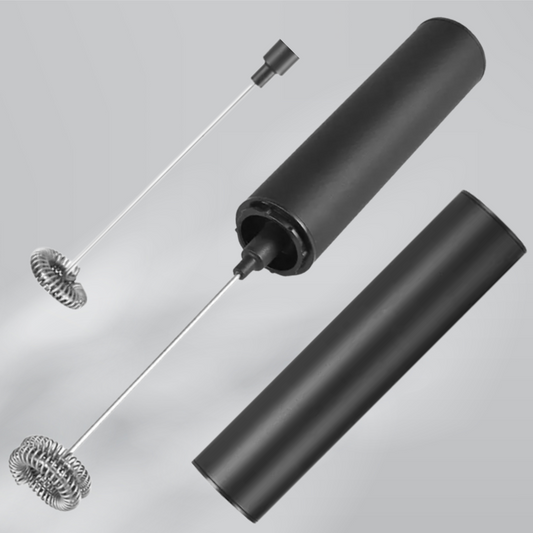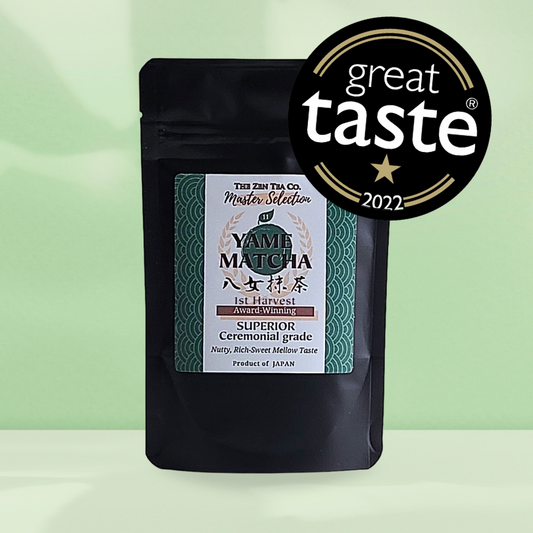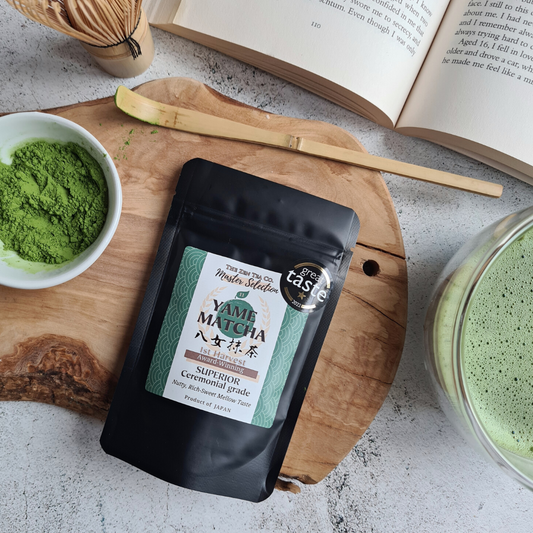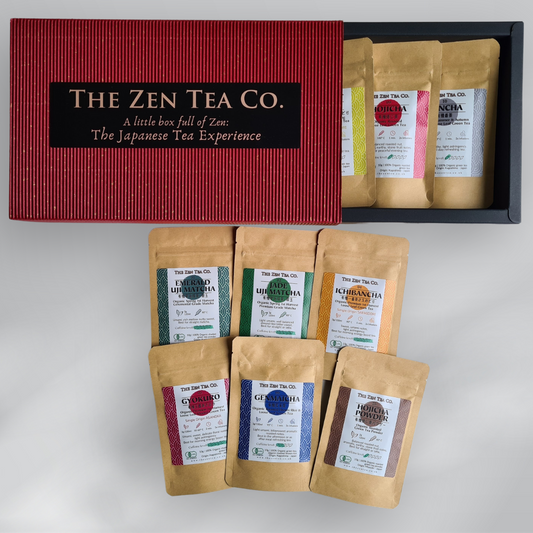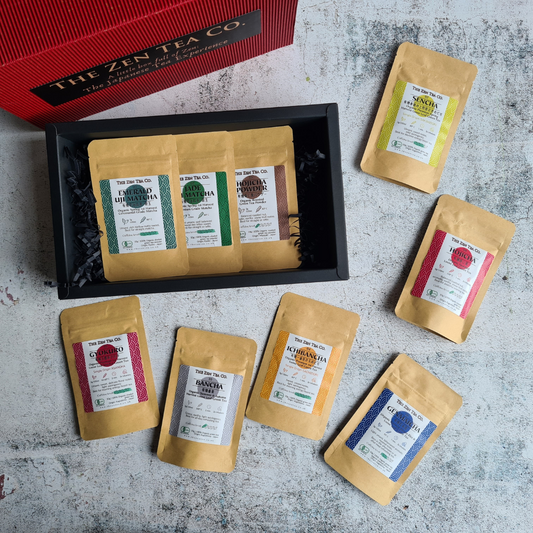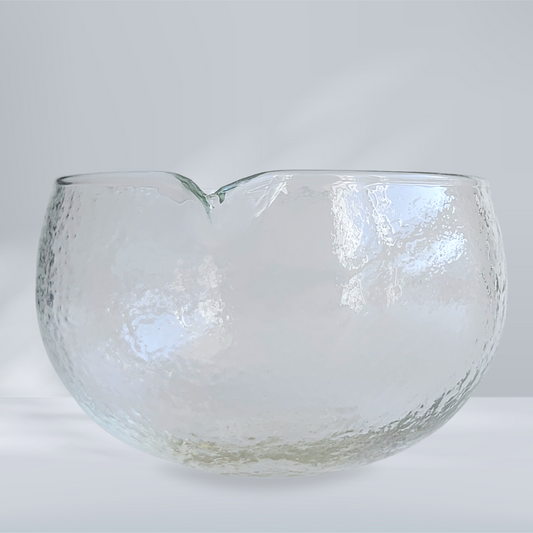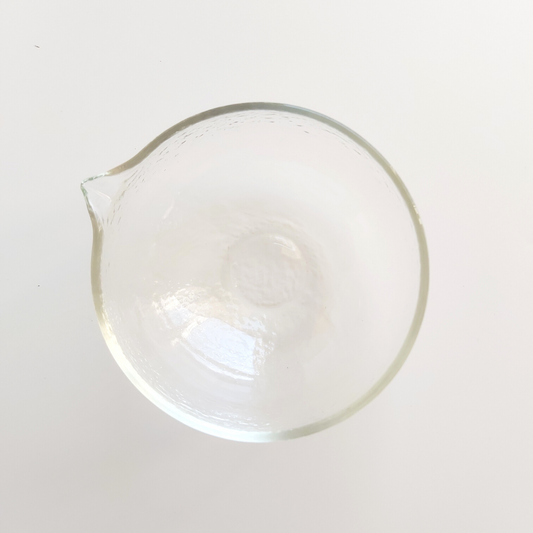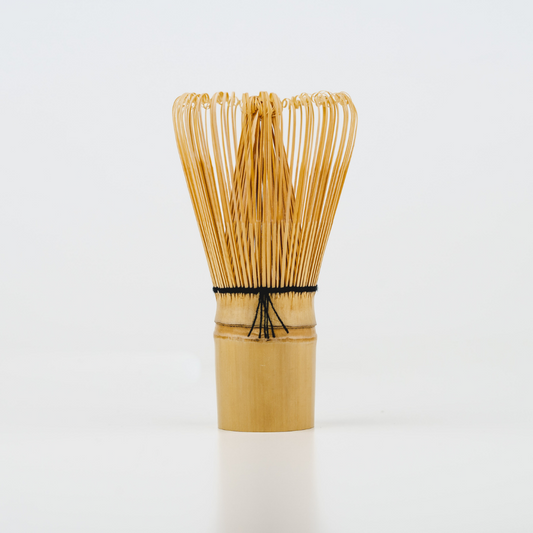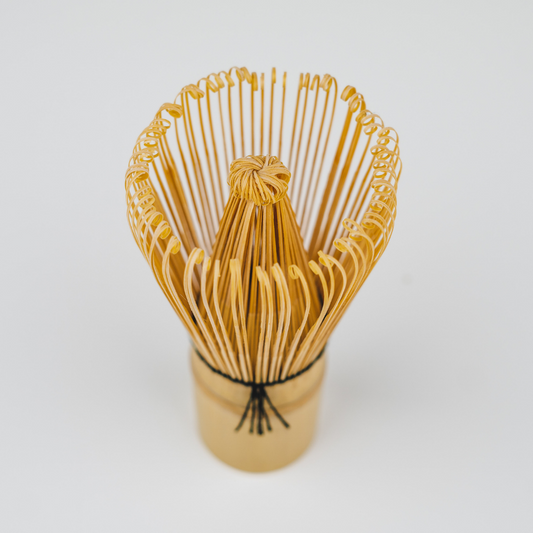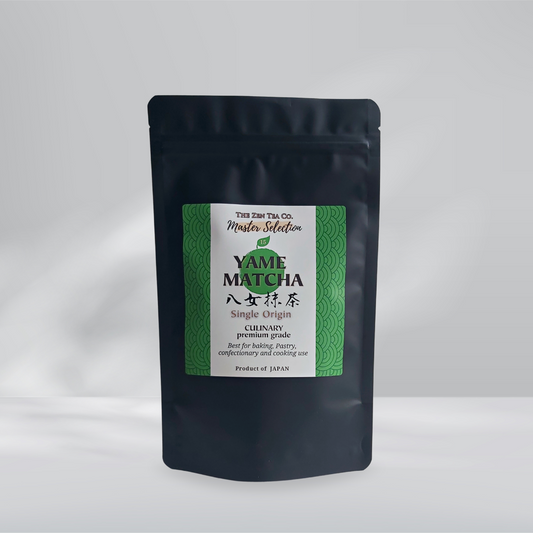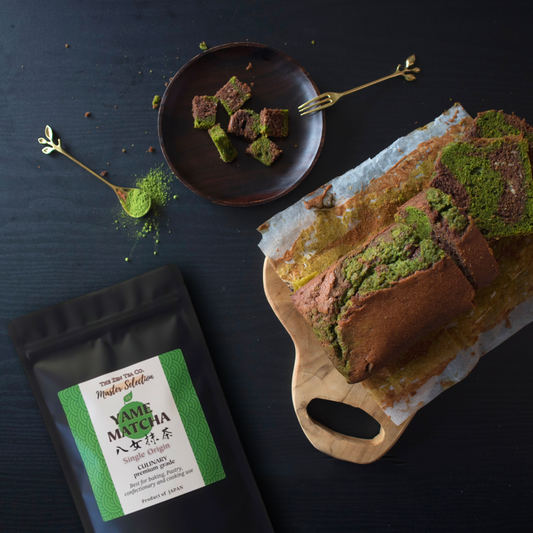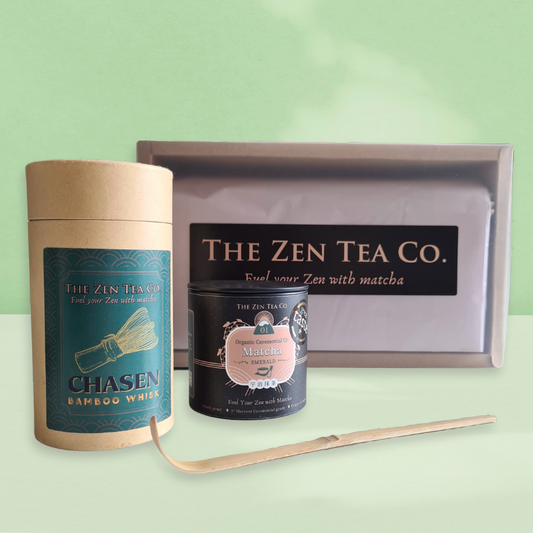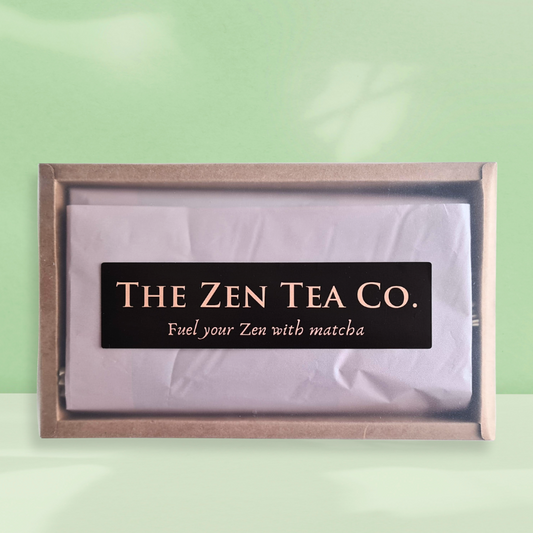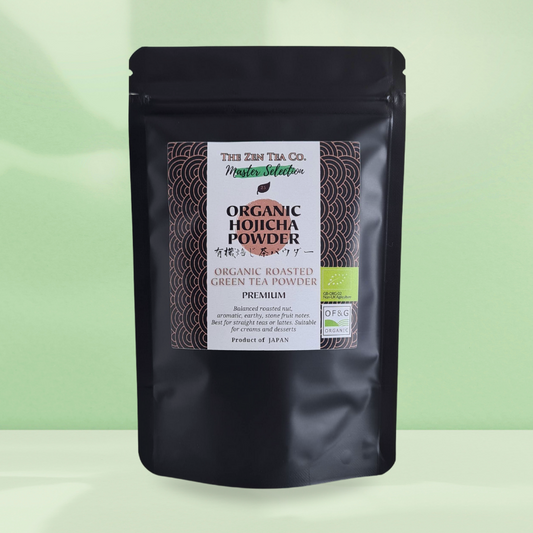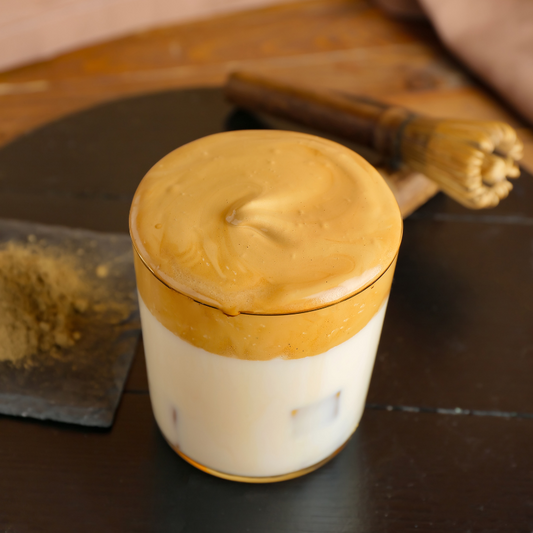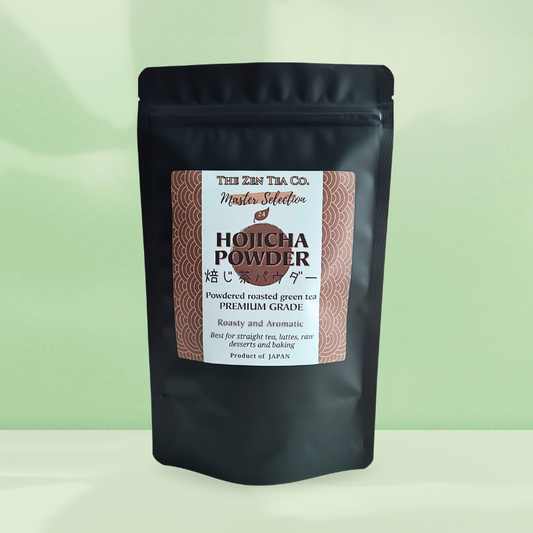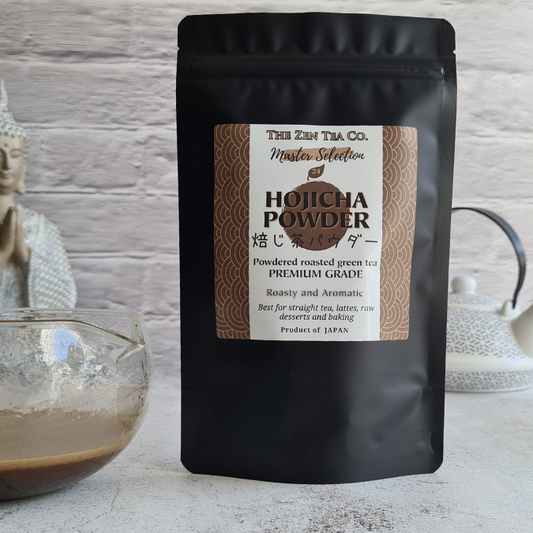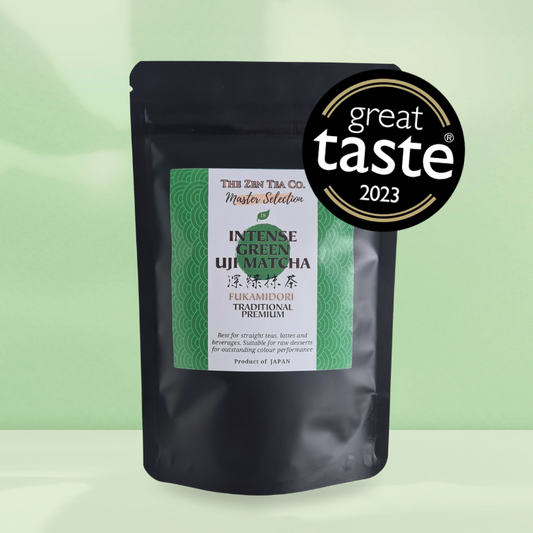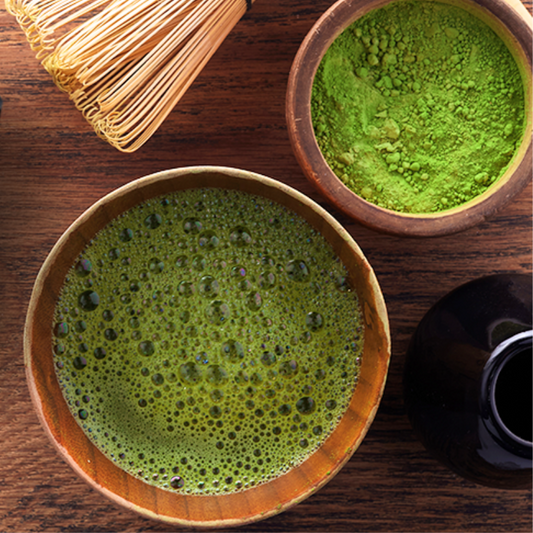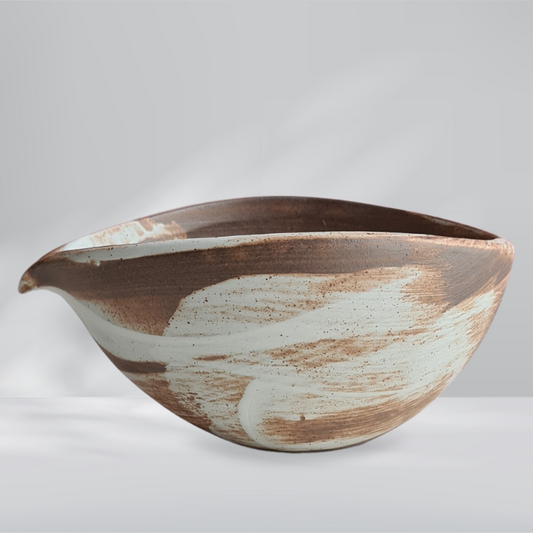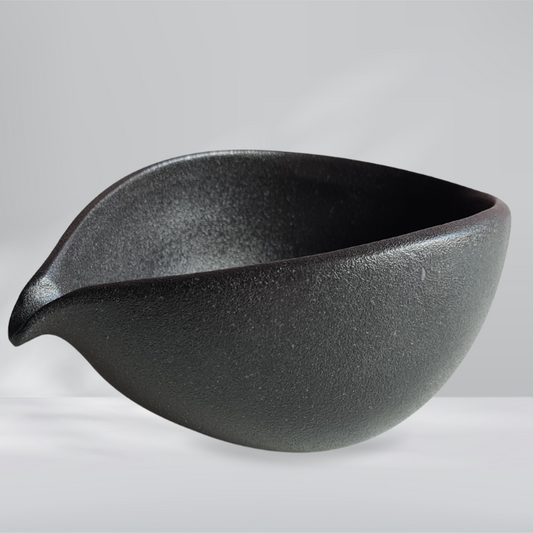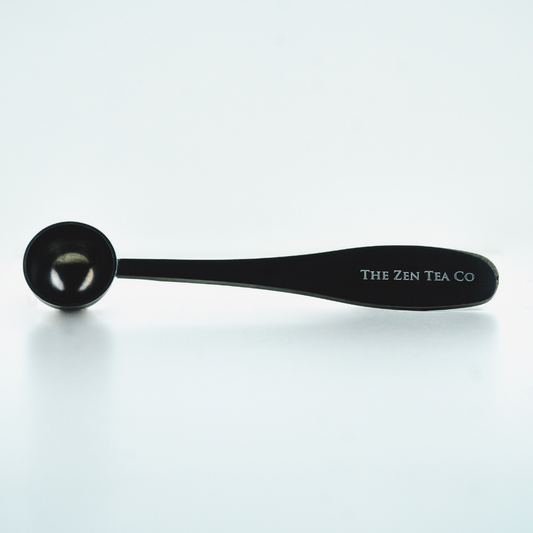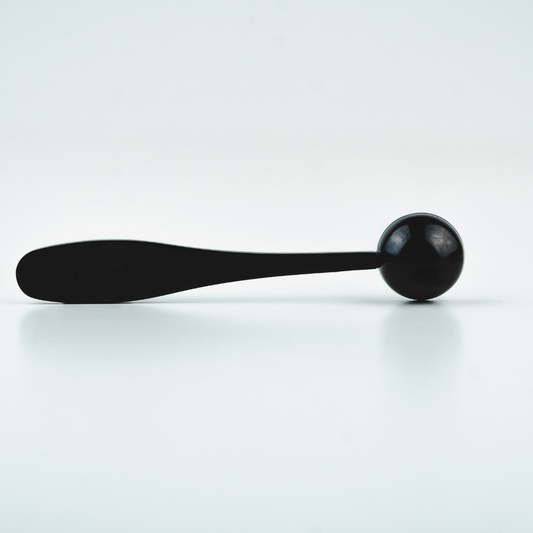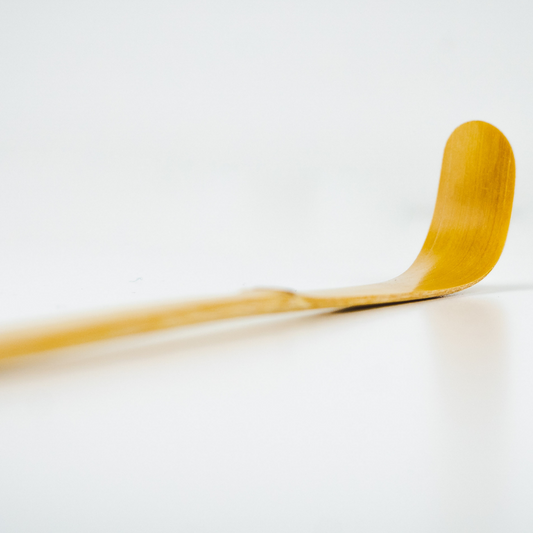What is Matcha?

What is the meaning of the name?

Where is matcha sourced?
We source our matcha powders in different areas in Japan:
Which tea plant?

How is it different from traditional tea?
The taste and appearance of matcha is totally different from other teas. It is made from ground tea leaves which means that the tea is not infused but eaten : matcha drinkers consume the entire leaf dissolved in water and all the virtues and nutrients they contain. Unlike another tea, 100% of the nutrients are ingested against 10 to 20% for a traditional tea because most of the nutrients are not soluble. Have a look at the comparison in the matcha benefits page.
To recognise the quality of a matcha, it suffices to observe its green vibrant color: the more the powder is green (without yellowish or brown tint), the more the tea is refined and of better quality. You can find more information in our matcha grade guide.
Its taste is also very different from a traditional tea. Matcha is known for its umami taste : umami is the name used to describe the fifth flavour in Japanese culture, after sweet, sour, bitter, and salty. Umami literally means “tasty taste”, a flavour very present in Japanese cuisine, soft and long in the mouth, less recognisable than the first four. Matcha tastes grassy at first, slightly astringent with a creamy consistency and a slightly sweet finish.
How is matcha produced?
Particular care is taken in the cultivation of this tea. The production of matcha is based on a technique of shading tea plants called Tanaa. About 6 weeks before harvest, the tea fields are covered. The amount of light gradually decreases, until it reaches only a very small part of the plant. The best quality matcha is almost grown in total darkness at harvest time.
Why lower the amount of light the tea plants receive?
To compensate for the drop in light, tea leaves produce increasing amounts of chlorophyll and amino acids making them richer in antioxidants.
Matcha is harvested by hand, usually in Spring for the highest grades. Only the youngest and greenest parts are picked, usually the two leaves at the top of each new shoot.
After picking, the leaves are heated with steam to preserve their colour and nutrients and stop fermentation. They are then dried before being sorted by grade (the youngest and greenest leaves being of better quality).
After that comes the traditional step of grinding between two large granite wheels which turn excessively slowly to avoid burns. It is a long and meticolous process that crushes the leaves into a delicate, extremely fine powder. Grinding 30 grams of matcha takes over an hour, which is part of the reason for the high cost of matcha.
You may also like:
Matcha and weight loss: how to use matcha green tea to support weight lossShop
-
Organic Emerald Matcha Tea Powder - Ceremonial Grade Matcha from Uji
Regular price £38.00Regular priceUnit price / per£38.00Sale price £38.00 -
Energy whisk - USB electric frother
Regular price £23.50Regular priceUnit price / per£23.50Sale price £23.50 -
11 - Yame Matcha Award Winning - Ceremonial Matcha Tea
Regular price From £32.00Regular priceUnit price / per£0.00Sale price From £32.00 -
The Japanese tea experience box | Green tea discovery gift set
Regular price £39.00Regular priceUnit price / per£39.00Sale price £39.00 -
Matcha whisking bowl - glass bowl with serving spout
Regular price £29.00Regular priceUnit price / per£29.00Sale price £29.00 -
Matcha Bamboo Whisk - Japanese Chasen
Regular price £17.50Regular priceUnit price / per£17.50Sale price £17.50 -
15 - Yame Matcha - 80g Pouch Culinary Matcha Tea for Baking and Cooking
Regular price £21.00Regular priceUnit price / per£21.00Sale price £21.00Sold out -
Organic Emerald Matcha Tea Traditional Gift Set | Matcha starter kit
Regular price £50.00Regular priceUnit price / per£59.00Sale price £50.00Sold out -
25 - Organic Hojicha Powder - Premium Japanese Roasted Green Tea Powder
Regular price £21.00Regular priceUnit price / per£21.00Sale price £21.00 -
Hojicha Powder - Premium, 80g pouch Japanese Roasted Green Tea Powder
Regular price £19.00Regular priceUnit price / per£19.00Sale price £19.00 -
18 - Uji Matcha Intense Green - Matcha Tea for Lattes and Raw Desserts
Regular price £25.00Regular priceUnit price / per£25.00Sale price £25.00 -
Matcha whisking bowl - Ceramic bowl with serving spout
Regular price £31.00Regular priceUnit price / per£31.00Sale price £31.00Sold out -
Stainless steel matcha spoon
Regular price £6.00Regular priceUnit price / per£6.00Sale price £6.00 -
Matcha Bamboo Spoon - Traditional Japanese Chashaku
Regular price £6.00Regular priceUnit price / per£6.00Sale price £6.00 -
Organic Emerald Ceremonial Matcha Contemporary Gift Set | Matcha starting kit
Regular price £64.00Regular priceUnit price / per£64.00Sale price £64.00Sold out
More from the Blog
View all-
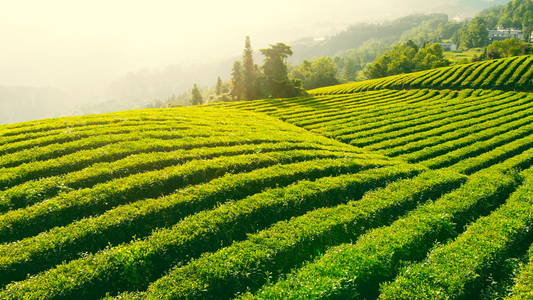
What’s Really Going On with Matcha Supply in Ja...
Matcha lovers, take note: Japan’s recent harvests have been smaller than usual, and the effects are starting to show. In this article, we explore what’s happening with matcha supply in...
What’s Really Going On with Matcha Supply in Ja...
Matcha lovers, take note: Japan’s recent harvests have been smaller than usual, and the effects are starting to show. In this article, we explore what’s happening with matcha supply in...
-

Matcha Face Mask: 3 recipes to make your own at...
Make your own Matcha face mask! Matcha is full of anti-oxidants and it has loads of antimicrobial properties, which not…
Matcha Face Mask: 3 recipes to make your own at...
Make your own Matcha face mask! Matcha is full of anti-oxidants and it has loads of antimicrobial properties, which not…
-
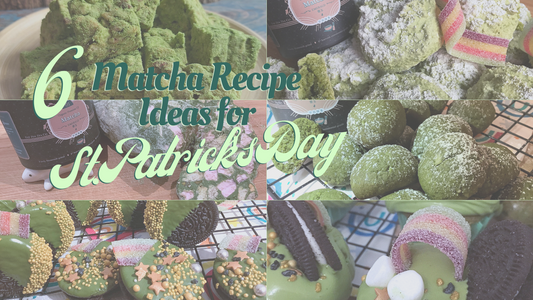
6 Matcha Party Recipe Ideas for St. Patrick's Day
Despite its vibrant green hue, matcha isn't just for sipping traditional Japanese tea. This finely milled green tea powder adds a striking colour and an invigorating flavour to all kinds...
6 Matcha Party Recipe Ideas for St. Patrick's Day
Despite its vibrant green hue, matcha isn't just for sipping traditional Japanese tea. This finely milled green tea powder adds a striking colour and an invigorating flavour to all kinds...
-
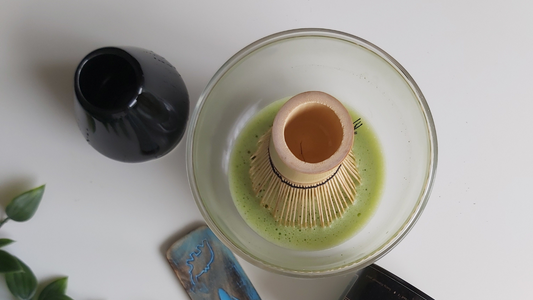
Chasen: the bamboo whisk to make your perfect M...
How can you elevate your matcha game? Simple! With a bamboo whisk In the world of tea, few experiences can match the serenity and beauty of the traditional Japanese matcha...
Chasen: the bamboo whisk to make your perfect M...
How can you elevate your matcha game? Simple! With a bamboo whisk In the world of tea, few experiences can match the serenity and beauty of the traditional Japanese matcha...

